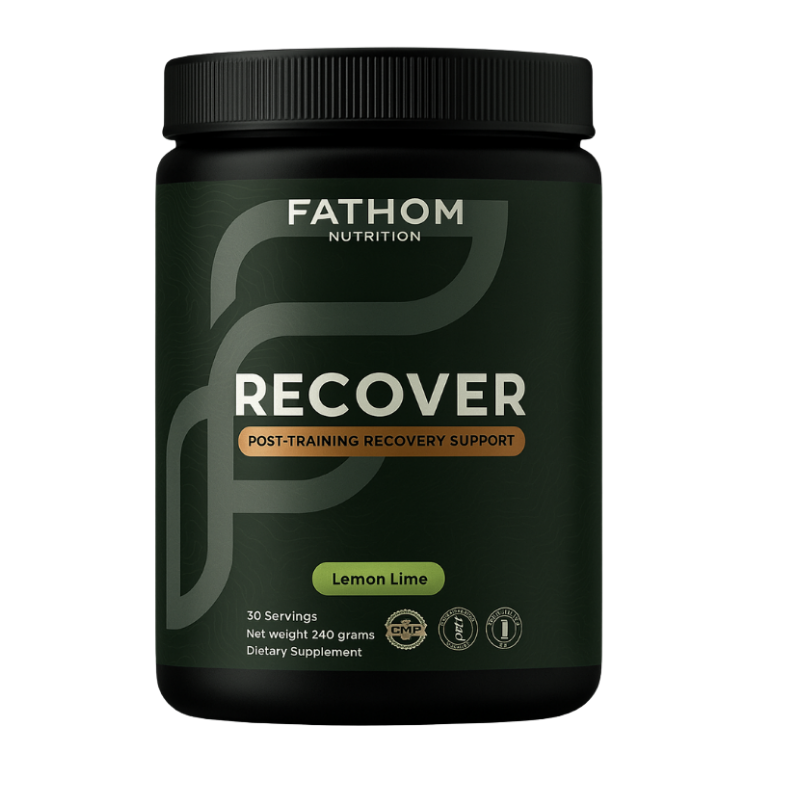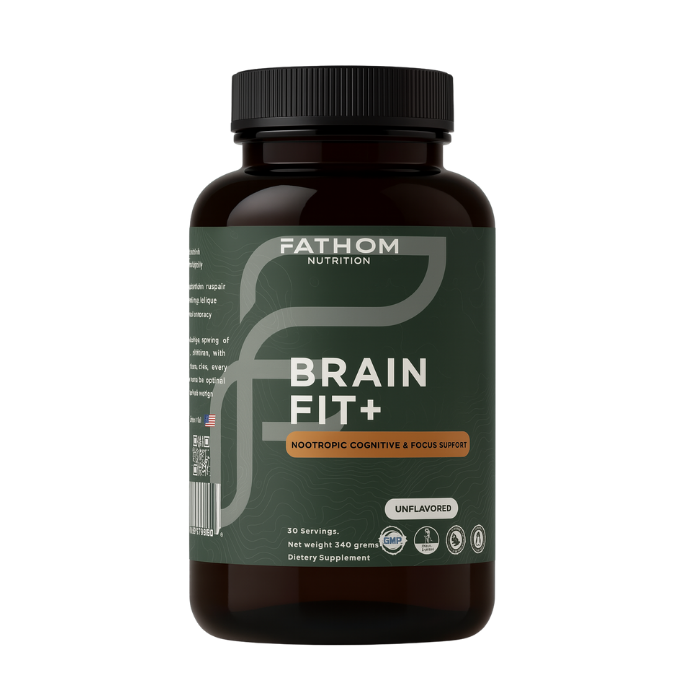Top 10 Tips for CrossFit in Hot Weather: Training, Recovery, and Physiology Under Heat Stress

There’s a unique kind of pressure that comes with training in the heat. Not just physically, but neurologically. You enter the gym or the yard already feeling behind—already warm, heart rate slightly elevated, maybe not fully recovered from the night before. You chalk your hands and stare at the whiteboard, knowing that what might be a tolerable workout at 70 degrees could turn into something entirely different at 95.
CrossFit in hot weather isn’t just harder. It’s different. The rules of engagement change. The way you manage effort, hydration, recovery, even psychology—everything has to be adjusted to account for the invisible but very real effects of thermal load on the human system.
This isn’t a list of entry-level hydration hacks or reminders to wear lighter clothing. This is about giving you a performance framework that respects the physiology of heat stress, the energy demands of mixed-modal training, and the environmental variables that separate good athletes from durable ones.
If you care about output, recovery, and long-term progress in a heat-intensive season, these 10 strategies will serve you well. They’re rooted in sports science, metabolic physiology, and time-tested experience from the floor of the gym.
Let’s get into it.
1. Treat the Heat Like a Training Variable—Not a Background Condition
Too many athletes treat heat like background noise. Something that just "makes it suck more." But from a performance standpoint, heat is a physiological load. It drives up cardiovascular demand, compromises muscular endurance, and fundamentally shifts your substrate utilization during high-intensity work.
Heat changes the game. It reduces time to exhaustion at a given intensity. It forces a redistribution of blood flow from muscle to skin, limiting oxygen delivery during compound movements. If you don’t account for it in your pacing or load selection, you’re setting yourself up for premature failure, or worse, injury.
Start by reducing intensity slightly on the front end of your WODs in extreme conditions. Scale weights, reps, or rounds based on how your system is handling the heat that day. Remember, output in a 95-degree box with high humidity does not mean the same thing as output in a climate-controlled gym.
Training is a stimulus. Heat is a multiplier. Dose both accordingly.
2. Understand the Role of Core Temperature and Cognitive Fatigue
The average CrossFit session taxes both anaerobic and aerobic systems while imposing a high neural load from complex movements and fast transitions. Add elevated core temperature to the mix and you’re now working with cognitive friction as well.
The prefrontal cortex, which governs attention, planning, and motor coordination, begins to degrade in function as core body temp rises above 38.5°C. This doesn’t just mean slower burpees. It means technical lifts like snatches or muscle-ups suddenly feel off. Timing goes. Reaction slows. Small errors turn into missed reps—or worse, injury.
Training in heat is not just a test of conditioning. It’s a stress test of your brain’s ability to process under pressure. Build in a few seconds of pause before your most technical movements when training hot. Reset posture. Regain breath. Execute cleanly.
Decision-making is part of performance. Don’t let the heat make them for you.
3. Expand Plasma Volume Before Training
The cardiovascular system is under siege during high-heat training. Not because your heart becomes weaker, but because your blood volume becomes limited. Fluid shifts toward the skin for cooling, away from muscle and central circulation. That limits stroke volume and increases heart rate at any given output.
The most effective countermeasure is plasma volume expansion—a strategy endurance athletes use but few functional athletes think about. It’s simple: consume 500 to 700 ml of fluid with 1000 to 1500 mg of sodium about 90 minutes before training in high heat. This not only improves cardiac output but supports better thermoregulation through increased sweat rate and skin blood flow.
It’s not just about hydration. It’s about giving your system more room to regulate internal pressure while maintaining performance.
4. Use Intra-Session Cooling Without Disrupting Adaptation
There’s a line between training adaptation and heat mitigation. If you’re trying to build resilience to heat, you don’t want to cool too much during training. But if your goal is performance—either quality reps or threshold output—you need to keep your core temp in check.
The solution is targeted cooling.
Use cold water over forearms or neck between sets. Sip cold fluids, not chug. Apply menthol rinses or cooling towels in transition periods between WOD elements or EMOMs. These methods reduce perceptual strain and improve repeat sprint or strength output without completely downregulating the system’s adaptive response to heat.
Cooling is a tool. Use it when the goal is quality, not just survival.
5. Adjust Your Carbohydrate Intake Based on Heat Conditions
Heat changes how your body uses fuel. Specifically, it increases reliance on carbohydrate metabolism while decreasing fat oxidation. Glycogen depletion is accelerated. That means if you’re under-fueled going into a hot workout—or not refueling adequately afterward—you’re going to hit the wall sooner and recover slower.
If you’re training longer than 60 minutes in heat or doing multiple sessions per day, bump carbohydrate intake to 1.2 to 1.5 grams per kg bodyweight per hour post-session, with at least 300 to 500 mg sodium included.
Avoid fasted sessions in heat unless you're specifically heat-adapting at low intensity. In CrossFit, where intensity and variability are high, under-fueling in heat compounds the risk of central fatigue.
Your metabolism is already working harder. Give it the substrate it needs.
6. Modify Movement Selection and Sequencing Intelligently
You can’t change the heat. But you can change the order and type of movements in your session.
Stacking high-skill movements like Olympic lifts or gymnastic complexes after a prolonged heat-exposed metcon is asking for sloppy reps and potential injury. Consider front-loading the neural-demanding elements when your body temp is lower and cognition is more stable.
Similarly, swap out loaded carries, rope climbs, or heavy sled pushes during peak heat hours if your training space lacks airflow. Substitute cyclical work like row or ski erg in place of longer-run intervals on asphalt to manage radiant heat exposure.
Heat doesn’t just reduce output—it degrades quality. Train smart, not just hard.
7. Use HRV and Sleep Metrics as Your Early Warning System
Heat adds an invisible tax to your recovery system. You might feel okay post-WOD, but poor sleep, elevated resting heart rate, and plummeting HRV are signs that your body is still under heat stress the next morning.
Track your overnight metrics. If HRV drops significantly below baseline and resting HR is elevated by more than 10 bpm, consider reducing training volume or moving your session to a cooler time. Ignore these signs long enough and the cost becomes systemic—not just performance loss, but illness or injury.
Your nervous system doesn’t care what the whiteboard says. Respect its signals.
8. Build Heat Tolerance Through Controlled Exposure
If you know you’ll be competing or training in hot conditions, the worst thing you can do is avoid the heat entirely during prep. Heat tolerance is trainable, but only through graded exposure.
Start with short 20 to 30-minute pieces at low to moderate intensity in a hot environment. Track heart rate response, RPE, and sweat rate. Gradually build duration over 7 to 10 days. Don’t chase max effort—chase adaptation.
Once your body begins to regulate more efficiently, introduce short bursts of higher intensity work in the heat to train specific energy systems under load. But always follow these with proper cooling and extended recovery windows.
Tolerance is built through strategy, not just suffering.
9. Wear Apparel That Aids, Not Inhibits, Thermoregulation
This is less obvious than it sounds. Not all athletic wear is created equal when it comes to heat dissipation.
Loose, breathable fabrics with open mesh or laser-cut ventilation zones outperform compression garments when it comes to evaporative cooling. Light colors reduce radiant heat absorption. And crucially, you need airflow. Training outside with minimal breeze? Consider ditching a shirt altogether or switching to gear designed for high-heat racing.
If you’re indoors, advocate for airflow. A fan at chest height during WODs can reduce heat accumulation and improve output without compromising adaptation.
Your apparel should support thermoregulation, not fight against it.
10. Protect the Recovery Window—Especially After Heat Exposure
Post-session recovery from training in high heat isn’t just about getting food in. It’s about restoring fluid balance, reducing residual thermal stress, and allowing your nervous system to downshift.
Start with a cold shower or immersion if body temp feels elevated more than 30 minutes post-session. Follow this with electrolyte-rich fluids and a balanced meal. Then protect your next 90 minutes from cognitive load, screen time, or stress exposure.
This window—immediately after heat training—is when your system is most vulnerable to overload. If you stack life stress on top of training strain, your HRV, sleep, and hormone response will tank.
Recovery is not a luxury. It’s the cost of long-term adaptation.
Final Word
Training CrossFit in hot weather demands a shift in mindset. It’s not about gritting your teeth and pushing through. It’s about understanding the stress landscape your body is navigating and adjusting your decisions accordingly.
If you treat heat with the same respect you give to volume, load, or intensity, you’ll come out stronger. Fitter. More resilient. Not just in the gym, but everywhere else that heat tests the human system.
Because if you can stay sharp in the heat, you’ve already built more than fitness. You’ve built control.











